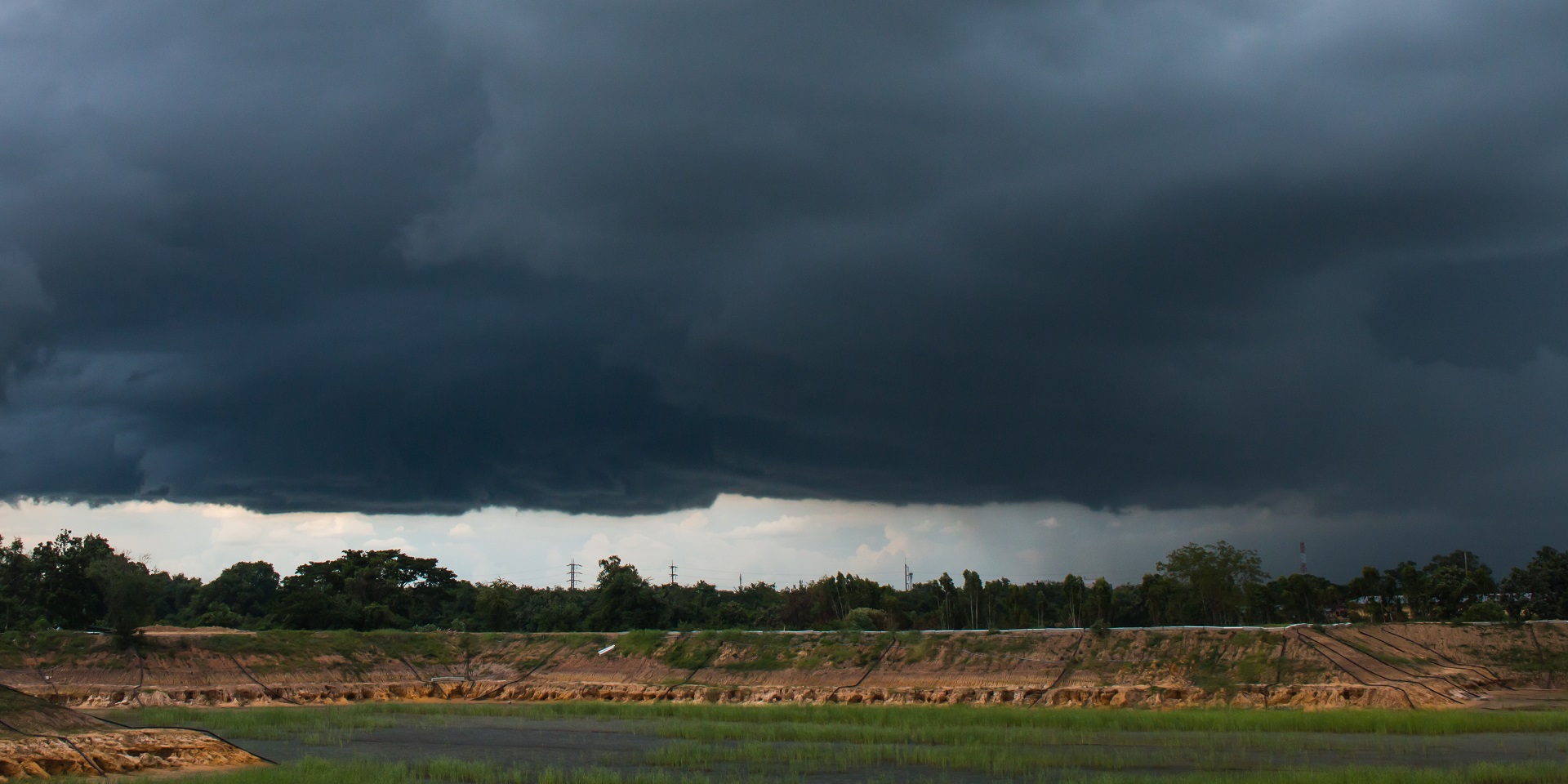November is a month of transition in the UK, as autumn gives way to winter. It’s a time when we frequently see variable weather types across the country.
This year, November has already made headlines for its extraordinary warmth, but in this article, we’ll focus on historical records up to and including last November, not including the current month’s statistics.
Historical November temperature records
The UK has seen some impressive temperature extremes in November over the years. According to official records:
- The highest daily maximum temperature recorded in the UK and Wales for November was 22.4°C at Trawsgoed (Ceredigion) on 1 November 2015.
- England’s highest November daily maximum was 21.1°C, observed at several locations including Cambridge Botanic Gardens, Writtle (Essex), Tottenham (London), Galleywood (Essex), and Halstead (Essex) on 5 November 1938.
- Scotland’s record stands at 20.6°C, set at Edinburgh Botanic Gardens and Liberton (Midlothian) on 4 November 1946.
- Northern Ireland’s highest November daily maximum was 18.5°C at Murlough (County Down) on 3 November 1979.
November minimum temperature records
Warm nights in November are also notable:
- The UK’s highest daily minimum temperature for November was 15.9°C at Eastbourne (East Sussex) on 3 November 2005. England shares this record.
- Wales saw an daily minimum of 15.0°C at Colwyn Bay (Conwy) on 5 November 1938.
- Scotland’s highest daily minimum temperature was 14.9°C at Banff Golf Club (Banffshire) on 11 November 2022.
- Northern Ireland’s highest daily minimum low was 14.5°C at Magilligan (Londonderry) and Belfast Ravenhill Road on 11 November 2022.
You can explore these records using our interactive graph below.
Rainfall and wind
While temperature records often grab headlines, November is also known for its rainfall and wind events. The highest daily rainfall recorded for November was 253mm Seathwaite (Cumbria) November 19, 2009. Such heavy rainfall can lead to localised flooding and significant impacts on communities and infrastructure.
READ MORE: October 2025 weather stats: A regional breakdown
When it comes to wind, The highest gust recorded in November was 115 mph at Needles in the Isle of Wight in 2022. High winds are most common in exposed upland and coastal areas, and such events can cause widespread disruption, including damage to property and transport networks.
You can explore these records using our interactive graph below.
Sunshine and snow
While significant snow in November is rare, there have been notable exceptions. The deepest snow recorded in the UK in November was 58 cm at Balmoral (Aberdeenshire) in 2010. Early-season snowfalls like this are typically confined to higher ground in Scotland, where cold air can establish earlier in the season, occasionally leading to substantial accumulations.
November is generally a month of limited sunshine, but there have been some bright exceptions. The highest daily sunshine total for November was 9.4 hours St Mawgan in Cornwall back in 2006, a record that is shared with November 1, 2005 at Santon Downham in Suffolk. Such sunny days are unusual for the time of year, as shorter days and increased cloud cover typically limit sunshine hours across the UK.
You can explore this records using the interactive graph below.
November 2025 so far
To provide context, it’s worth noting that November 2025 has started with exceptional warmth. The mean temperature for the first ten days is 4.3°C above the November average (1991–2020 baseline). Typically, the first ten days of November are warmer than the monthly average, as temperatures tend to drop as winter approaches. However, this year’s mean temperature is more akin to what would be expected in early October, not November.
READ MORE: Mild start to November sees temperature records broken
This is the warmest start to November on record, with data for this type of statistic going back to around 1930. The previous record for the warmest first ten days was set in 2015. It’s important to emphasise that the figures discussed earlier do not include this month’s statistics, which are still being compiled and could potentially set new records.
Broader trends
Looking beyond November, the UK has experienced above-average mean temperatures for every month this year except January and September. Both summer and spring 2025 saw the highest mean temperatures on record. Rainfall patterns have also been notable, with an exceptionally dry spring and summer. However, autumn rainfall so far is running above average for this point in the season, thanks to a very wet September and a wet start to November.
The figures presented in this article do not include this month’s statistics, but the exceptional start to November 2025 provides important context for understanding how weather records are set and broken.
Keep up to date with weather warnings, and you can find the latest forecast on our website, on YouTube, by following us on X and Facebook, as well as on our mobile app which is available for iPhone from the App store and for Android from the Google Play store.



